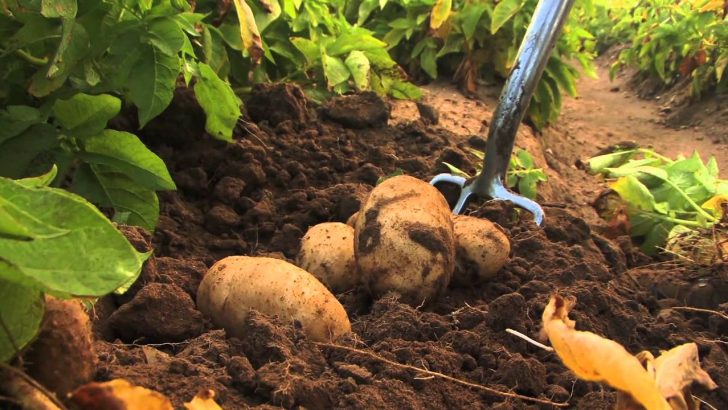Ireland’s Green Larder
by Margaret Hickey (Unbound Publishing, £20 / €22; for copies contact support@unbound.com)
Peter Hegarty
Historically we haven’t been particular about our food in this country. Food writer Margaret Hickey tells us that our forebears feasted on squirrels, foxes, pigeons, and swans. We were once even partial to porpoise.
Her engrossing book leaves the reader with the distinct impression that a book about what the Irish haven’t eaten would be a short one indeed. Infectiously enthusiastic about her subject-matter Hickey gives a modern twist to the fare of the past: try flavouring your next omelette with sorrel, the herb people used to gather to eat with eggs.
Before the spud crossed the Atlantic ‘white meat’ – milk, butter and cheese – largely sustained us.
We used to be keen foragers, varying our diet with seasonal fruits, herbs and vegetables. In bad times hungry people would cut one of a cow’s veins to drink its blood. They would only eat its flesh after it had stopped producing milk, or died in an accident, or when an occasion was significant enough to warrant the slaughter of a precious animal.
History
Throughout our history we have imbibed with enthusiasm. As fresh water was unsafe to drink, our ancestors drank beer instead. The better-off among them preferred mead, a status drink: brewing mead required large amounts of honey, which was difficult to procure and therefore expensive.
One of the merriest days in the rural year was Garland Sunday, the Sunday closest to the first of August. It was the occasion for outings to collect fraughans, the first of the wild berries to ripen: ‘Because the wild ones grow in bogs, on moors or wherever heather grows, they could sometimes be hard to spot, but children with their keen eyes were famous for finding them.’
The population of Ireland grew rapidly during the relatively peaceful eighteenth century. Colonial land-grabs forced more and more people onto marginal land good only for potatoes. By 1845 five of eight million people were dependent on a fickle, though highly nutritious tuber.
The authorities were not greatly concerned: the people who ruled Ireland were here to ‘line their pockets’ not to practise philanthropy. There was no point in tenants planting flowers, or fruit trees, or vegetables other than potatoes, for greedy landlords took such innovations to be indications of undisclosed wealth being expended on improving the property, which in turn justified pushing up the rent.
As the potato crop failed, and failed again, people exchanged one dependence for another, becoming reliant on charity, and donations of food. They also turned to sources of nutrition, such as roots, leaves, mushrooms and shellfish, which up until then had merely enlivened their diets.
Many of us are averse to shellfish, while some of us shun fish in general. The author suggests that people came to regard fish, shellfish, and periwinkles as ‘famine foods’ because they turned to them in desperation for sustenance.
Similarly, our lack of interest in wild mushrooms may also go back to the hungry years. Scandinavians, for instance, are often ‘flabbergasted’ to discover that we allow toothsome fungi to simply rot in the ground. (But then in France, Sweden and Russia people manage to poison themselves every year on fungi, despite careful precautions.)
Suspicious
For a long time after the Famine we were suspicious of everything except our staples. Hickey recalls the day 50 or so years ago when she vainly trawled Dublin for a sprig of fresh mint.
That refreshing herb is now cheap and ubiquitous in Ireland, an exciting place for anyone with an interest in food and drink: “It is only today that we in Ireland are starting to really relax about food, to relish it and play with new flavours and textures…”



